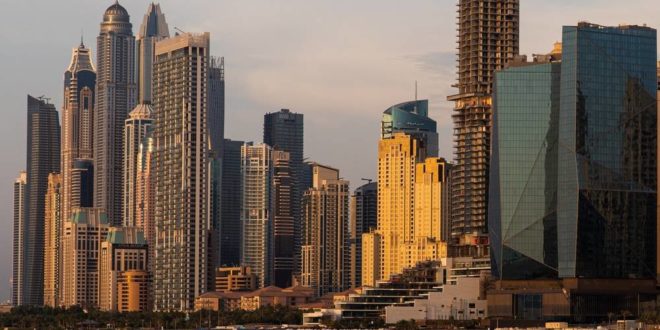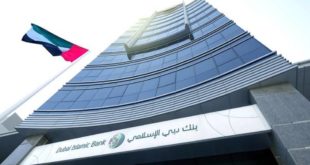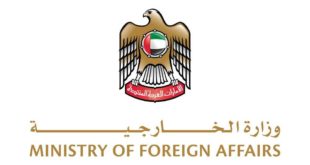The seasonally adjusted S&P Global UAE Purchasing Managers’ Index (PMI), a seasonally adjusted composite index designed to provide an accurate overview of operating conditions in the non-oil private sector economy, rose from 55.5 in May to close the first half. In the month of June, at 56.9 points. The index indicated a significant improvement in business conditions, which was the most prominent since June 2019. Thus, the conditions of the non-oil-producing private sector have improved in each of the past 31 study periods.
The ability of companies to secure new orders was a major factor in the strong improvement in business conditions during the month of June. New business increased rapidly during the month, with the rate of expansion reaching a four-year high. Total new orders rose thanks to an increase in new business from abroad.
The rise in new orders was driven by increased customer demand, and gained further momentum thanks to promotions aimed at securing sales. Competitive pricing efforts were also evident in the data on output prices, which fell for the 14th consecutive month in June.
Prices were lowered, although there was a modest increase in input costs. Overall input prices rose for the fifth consecutive month, and inflation was weaker than the series average, but the strongest in nearly a year. Purchasing prices and staffing costs also rose at sharper rates than in May. The increase in purchase prices was mainly associated with higher costs of raw materials, while wage inflation was due to positive business performance and the achievement of individual goals by some employees.
New orders
Increased new orders and work on existing projects led to increased business activity again at the end of the second quarter. Moreover, the growth rate was significant and accelerated to the fastest rates since August last year. The expansion of production was partly due to advertising and promotional activity, according to mentioned by the participating companies.
The number of workers also increased, extending the current job creation chain to 14 months. Higher staffing levels were associated with higher workloads and the inclusion of additional staff in sales departments.
However, a modest increase in employment levels and continued growth in activity remained insufficient to prevent a backlog from building, given the strength of the increase in new orders. Unfinished business rose for the 24th consecutive month, and some companies also linked backlogs to delayed customer payments.
Non-oil producing companies have significantly increased their purchasing activity in response to increased workloads and as part of efforts to replenish inventory. Stocks of purchases rose strongly and at a greater rate than in May.
In their efforts to increase inventory, companies benefit from faster delivery by suppliers, thanks to faster payments and responsiveness to special requests to expedite delivery.
Confidence in continued growth in new orders has helped to create optimism about the production outlook for next year. However, sentiment has eased since May and remains below the series average.
 Media ININ Economy We Trust
Media ININ Economy We Trust








